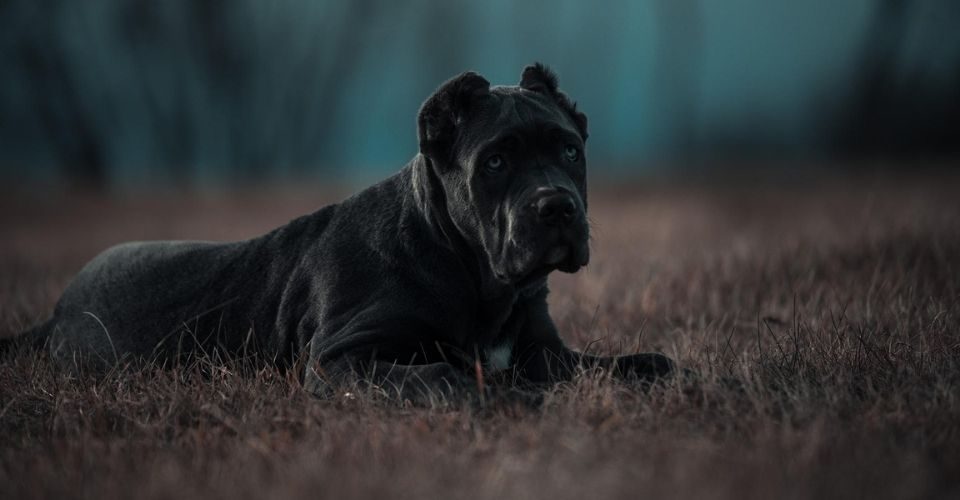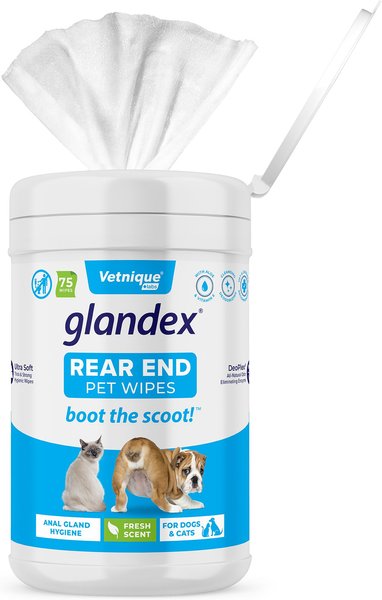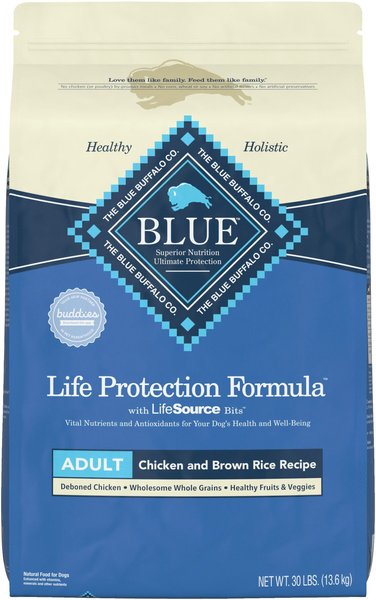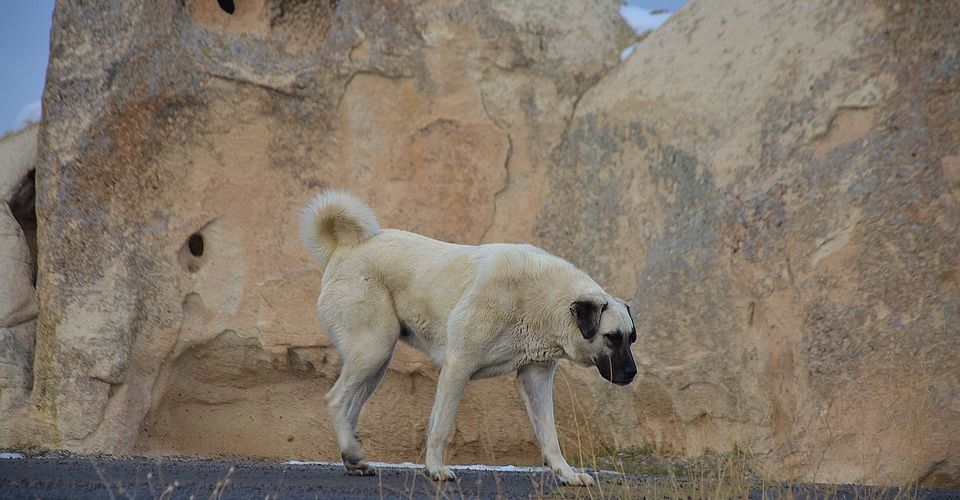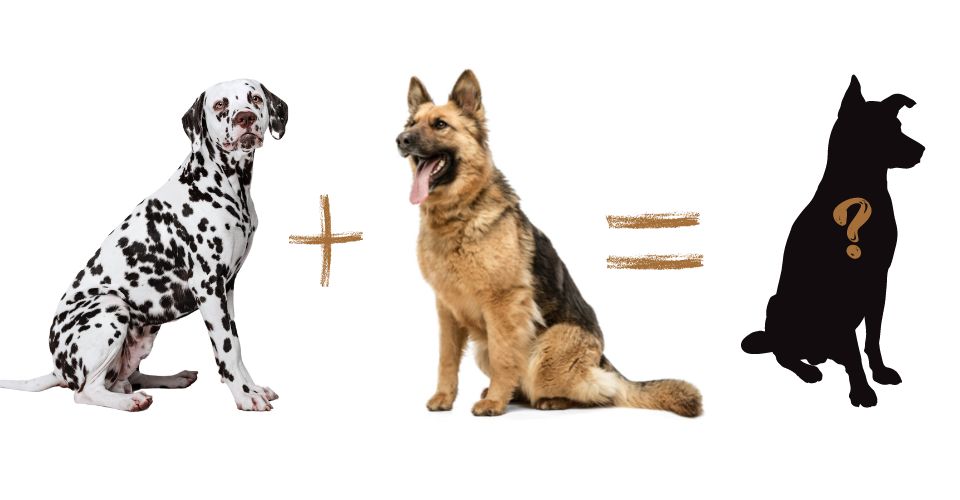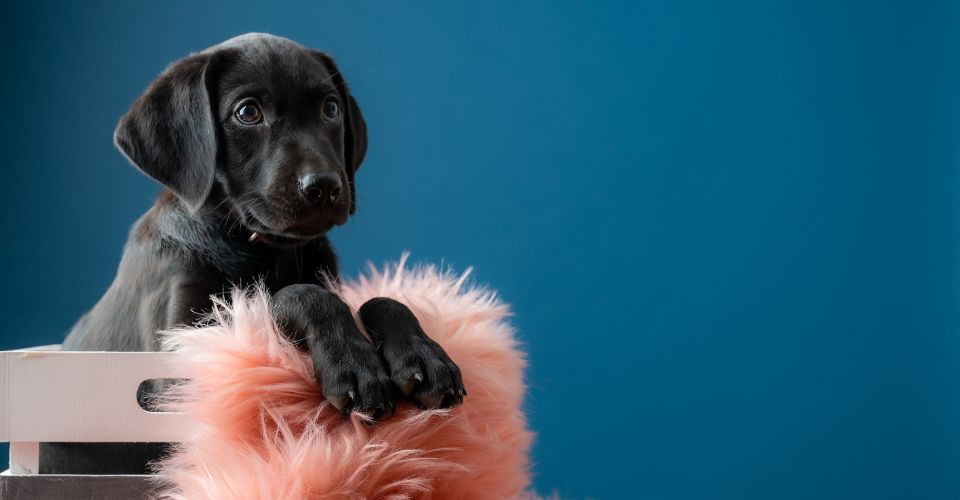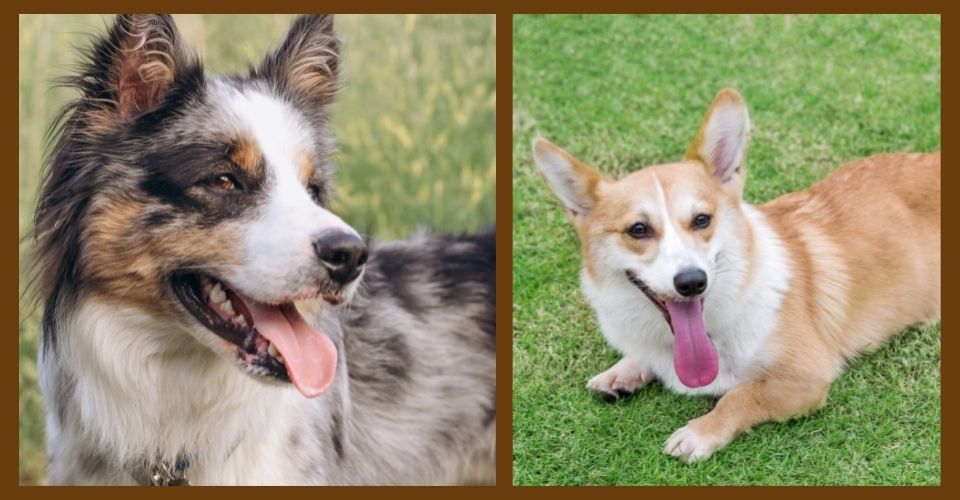Bandogge Mastiff is a sturdy and muscular dog, perfect for keeping as a guard dog. A mix between a Bulldog and a Mastiff, this dog has a reputation for being loyal, strong, and very protective of their human families. Other names of this giant include MastiBull, American Mastiff, and American Bandogge.
In this article, we are going to discuss all the important details about this mixed breed known as Bandogge Mastiff. By the end of this article, we hope you will have a clear idea if this is the best dog for you or not.
Let’s take a closer look at this dog’s breeding history, temperament, appearance, and other features.
Origin and Breed History
As mentioned above, a Bandogge Mastiff is not a purebred dog. Instead, it is a mixed breed—a cross between any breed of Bulldog such as an American Bulldog, Bull Terrier, American Pitbull Terrier, and any Mastiff such as an Old English Mastiff, Bullmastiff, and Neapolitan Mastiff.
The breeding history of a Bandogge dates back to the late 1960s when a veterinarian named John B. Swinford decided to breed the strongest protection dog. Although there is a disagreement amongst breeders of Bandogge today about the breeds that were initially crossed to produce a Bandogge, a popular belief is that it was 50% a Molosser and 50% American Pitbull Terrier.
Their name has an interesting back story. The name Bandog comes from the word Banda which means “a chain” in the German language, and was used by the Saxons in the old England. This was because these dogs were kept tied during the daytime and were released at night to carry out their guard duties.
Parents Overview of a Bandogge Mastiff
The most commonly used method for producing a Bandogge Mastiff is to cross a male American
Pitbull Terrier with a strong Neapolitan Mastiff female. This pairing of parent breeds gave birth to American Bandogge Mastiff.
Another widely used combination of parent breeds was a cross between an English Mastiff male with an American Pitbull Terrier. The cross between an American Bulldog and a Mastiff is recognized as the American Masti-bull by the Designer Dogs Kennel Club. Similarly, a cross between a Pitbull Terrier and a Bullmastiff is called a Pit Bullmastiff, but this is not considered a Bandogge.
Breed Overview
| Height | 25 – 30 inches |
| Weight | 85 – 190 pounds |
| Life Expectancy | 10 –12 years |
| Average Litter Size | 2 – 5 |
| Coat Color | Black, Blue, Red, Orange, Brown, Brindle, Tawny. |
| Temperament | Intelligent, strong, faithful, assertive, protective, and moderately active |
| Suitable For | Expert owners and families with older children. |
| Common Health Concerns | Bloating, Hip and Elbow Dysplasia, and Skin-related issues. |
| Adoption Cost | $800 – $1500 |
Physical Appearance of a Bandogge Mastiff
When we talk about the physical appearance of a Bandogge Mastiff, there are a lot of unique features this breed has.
Their bodies are muscular and have a slight angulation that gives them a stocky and athletic look. Because of their strong and tall bodies, they appear to be intimidating.
They have triangular ears, a short snout, and a big head. They have overhanging lips with strong jaws. Their eyes are wide and can be found in colors like blue, brown, and black. Bandogge Mastiffs have short coats in different colors such as black, brindle, blue, brown, orange, red, and tawny. Given that they are heavy dogs, their males weigh around 100 – 140 pounds while their females weigh around 85 pounds.

Personality and Temperament
Although a Bandogge has an intimidating appearance and many people assume they are aggressive dogs, in reality, they are quite the opposite. Known as gentle giants, these dogs are friendly and affectionate with their human families. They also get along well with children and like to play with them.
Bandogge Mastiffs have a confident demeanor and are also known for their intelligence. They are suitable for experienced dog owners who know about dog instincts and can communicate with them effectively. People who don’t have any prior knowledge or are not experienced in handling dogs shouldn’t bring this giant home. This is because when their owners are not able to understand their needs and cannot give them enough attention, these dogs feel agitated and can become aggressive. Also, these dogs need an owner with strong leadership qualities who can train them with confidence.
Activity Requirements of a Bandogge Mastiff
This dog is considered to be moderately active. They require at least an hour-long physical activity to release their pent-up energy and to stay healthy. As they are highly intelligent, they also need interactive games to stimulate their mental health. They are best suited for homes that have a large backyard or a nearby dog park so they can exercise and stay active. People who live in small apartments or houses shouldn’t bring these dogs home and should instead look for smaller breeds of dogs that don’t require a lot of physical exercise.
For instance, these teacup dog breeds are not only small, but they are also cute that melt the beholders’ hearts right at first sight.
4 Reasons to Get a Bandogge Mastiff
So we know the Mastibull has a lot of qualities that make it an ideal dog for many people. Below we have listed 4 reasons why you should bring home a Mastibull.
So, let’s check them out.
- Because of their intimidating appearance, they are a better choice if you are looking for a guard dog. This dog is strong, tall, and muscular, which makes it a perfect candidate for a protective guard dog.
- They don’t need a lot of grooming because they don’t shed heavily. They only need a light brushing once or twice a week.
- They are intelligent and confident so training them is easy. They easily understand their owner’s commands and follow them.
- These dogs are also well-known for their loyalty and protectiveness towards their family. They love to protect their owners and are also affectionate towards younger kids.
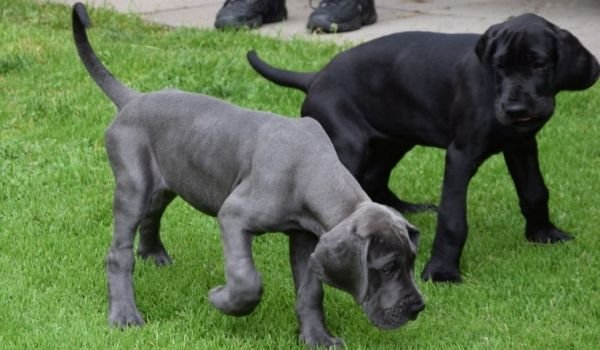
4 Reasons Not to Get a Bandogge Mastiff
There are certain personality traits that make handling a Bandogge a hard thing for some owners. 4 reasons why a Bandogge may not be the best option for you are given below.
- As the parent breeds of this dog are aggressive, the Mastibull is also prone to become aggressive. Most of the time, the reason behind this aggression can be boredom or lack of attention from their owners. So, people who don’t have prior experience of keeping a dog shouldn’t try owing a Bandogge.
- Another reason some people don’t consider keeping these dogs is that they are expensive. Keeping such a huge dog and looking after his needs can be heavy on the pocket, and they also need a lot of time.
- Some countries don’t allow a Bandogge. In countries like Romania, Switzerland, and some parts of the United States, keeping a Bandogge is illegal. If you are a US citizen and want to have Bandogge Mastiff, check with your state if there is any breed-specific legislation that bans these dogs.
- People who live in small houses or apartments cannot keep a Bandogge because of its huge size. They need open spaces and should have access to dog parks where they can play and exercise.
Grooming
As mentioned previously, the Bandogge Mastiff doesn’t shed much, so they don’t need a lot of grooming. Their short coats are easy to clean, and they don’t require daily brushing sessions. One or two brushings in a week would suffice.
One thing owners of this gentle giant have to be careful about is that they drool more than an average dog would. So, special attention should be given to their oral hygiene. You should regularly clean the folds around their mouth by gently wiping them with wipes intended exclusively for dogs (you cannot use baby wipes on dogs). You should also brush their teeth with dog toothpaste to keep their teeth and gums healthy.
|
|
Just as the case is with any other pet, there are some basic hygiene measures that you should take to keep your Mastibull healthy. You should regularly check and clean his ears so there is no wax buildup and they don’t get infected. Their nails should be checked and trimmed frequently, so they don’t accidentally harm themselves. For this purpose, you can use nail grinders, specifically made for dogs.
They don’t need frequent baths, so giving them a bath once a week would be enough to keep these giants smelling fresh. You should use dog shampoos to wash their fur as using human shampoos can irritate and dry out their skin.
|
|
Common Health Issues a Bandogge Mastiff Faces
A Bandogge Mastiff is a healthy and hardy dog. It doesn’t get sick, but like most dogs, there are some common health issues that they face.
Below we have listed some of the most common health issues a Mastibull may face.
- Bloating: Just like other huge and heavy dogs, a Mastibull is also prone to bloating. This happens when a dog’s stomach is full of gas or food. As the stomach expands, it exerts pressure on other organs and squeezes them. If left untreated, this can lead to other health complications such as a decrease in the blood flow, tearing of the stomach lining, difficulty breathing, and even death. The symptoms may include excessive drooling, restlessness, swollen stomach, and food aversion.
- Hip and Elbow Dysplasia: Another common health issue heavy dogs may face is related to bones. According to American Kennel Club (AKC), “hip dysplasia is a common skeletal condition, often seen in large or giant breed dogs, although it can occur in smaller breeds, as well. To understand how the condition works, owners first must understand the basic anatomy of the hip joint. The hip joint functions as a ball and socket. In dogs with hip dysplasia, the ball and socket do not fit or develop properly, and they rub and grind instead of sliding smoothly. This results in deterioration over time and an eventual loss of function of the joint itself.”
- Skin Infections: Heavy dogs like Mastibull are also very susceptible to skin infections. They may suffer due to a yeast infection under their belly, folliculitis, allergic dermatitis, and seborrhea can be common skin issues a Mastibull may suffer from. If you notice your dog is scratching its skin non-stop, has bald patches on its body, or is generally uncomfortable, it may be suffering from skin-related issues.
What Should You Feed Your Bandogge Mastiff?
Due to their huge size and activity levels, they need a lot of food. The male Mastiffs have to consume more food in a day. So, they should be provided with two large meals a day to keep them healthy and well-nourished. Roughly estimated, they should be provided with 8 to 12 cups of food per day while females should have 7 to 9 cups a day, divided into two or three meals. It is advised to discuss their food requirements with a vet, so your canine pal is well nourished and healthy. You can also feed them commercially formulated dog food after a consultation with a vet.
|
|
Adoption—What You Need to Know Before You Buy a Bandogge Mastiff Puppy?
Although these dogs are not purebred, they are expensive. If you plan to bring home a Mastibull puppy, we will urge you to first do your research about the breeders or the shelters around you. As this breed is a mature hybrid, there are special guidelines for breeding, and the breeder should be a responsible and knowledgeable one.
A Mastibull puppy would cost you between $800 – $1500, and the monthly cost of looking after them would be around $250 – $300. This includes their food, vet visits, and grooming charges.
Life Expectancy—How Long Do They Live?
We know these dogs are overall healthy, and they don’t fall sick much. If given proper care and attention to their physical needs, they can live up to 12 – 15 years.
A Bandogge Mastiff in a Nutshell
A Bandogge Mastiff is a confident, strong, and loyal dog. It is loved by the owners for its faithfulness. Although it appears to be a regal beast—menacing and aggressive, the reality is quite the opposite. These dogs are affectionate and gentle, and they get along well with young children. If trained from a young age, they are also welcoming towards other pets and dogs.
They are active dogs and love to spend their time around their owners, playing with them. As much as they need physical activity, you also need to play an interactive game with them to keep them mentally stimulated. They are highly intelligent, which makes training them easy and fun.
These dogs are not suitable for novice owners, people with busy schedules, or those living in small places. Experienced dog owners who can give them attention and have open spaces in their homes would be the best people to own them.

